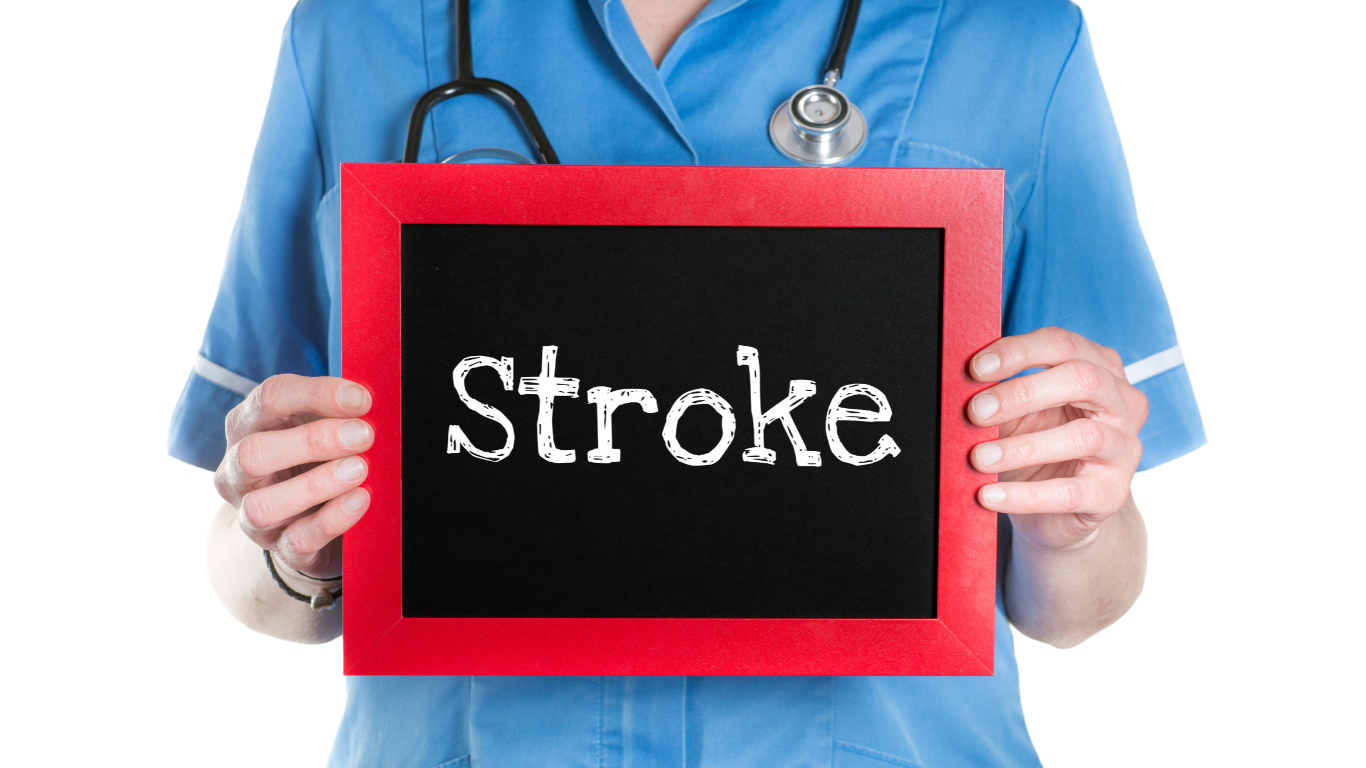Steps to Take After Surviving a Stroke
Stroke, is one of the leading causes of long-term disability globally, impacting millions of people each year and often resulting in significant physical, cognitive, and emotional challenges. Among the various rehabilitation approaches, physiotherapy plays a crucial and central role in helping stroke survivors regain their independence and functionality. Physiotherapy can help in regain lost abilities, improve quality of life, and reintegrate into daily activities. Now, let’s explore the multifaceted nature of stroke rehabilitation, the stages of recovery, and the evidence-based strategies employed to maximize functional independence and well-being.
Understanding Stroke Rehabilitation
Stroke occurs when blood flow to the brain is disrupted, leading to brain cell damage and neurological deficits. Rehabilitation aims to address these deficits and optimize recovery through a multidisciplinary approach involving physiotherapy, occupational therapy, speech therapy, and psychological support. The goals of stroke rehabilitation include:
- Restoring Mobility and Strength
- Improving Motor Skills and Coordination
- Enhancing Communication and Cognitive Function
- Facilitating Independence in Daily Activities
- Preventing Complications and Promoting Overall Well-being
Stages of Stroke Rehabilitation
Stroke rehabilitation typically progresses through various stages, tailored to the individual’s needs and abilities:
1. Acute Care: Immediately following a stroke, the focus is on stabilizing the individual’s condition. Preventing complications, and beginning early mobilization and rehabilitation interventions.
2. Inpatient Rehabilitation: Inpatient rehabilitation programs provide intensive therapy and medical care. This helps individuals regain function and independence in activities of daily living.
3. Subacute Rehabilitation: Subacute rehabilitation may take place in a skilled nursing facility or outpatient setting. Focusing on continued therapy and support as individuals transition from the acute phase to community living.
4. Home-Based Rehabilitation: For individuals who are unable to access outpatient services. Home-based rehabilitation programs offer therapy and support in the comfort of their own homes.
5. Long-Term Management: Stroke recovery is an ongoing process. Long-term management may involve maintenance therapy, community resources, and support services to optimize independence and quality of life.
Evidence-Based Strategies in Stroke Rehabilitation
1. Physiotherapy: Physiotherapy focuses on improving mobility, strength, balance, and coordination through exercises, gait training, and mobility aids to maximize functional independence and prevent falls.
2. Occupational Therapy: Occupational therapists work to improve independence in activities of daily living (ADLs), such as dressing, grooming, and meal preparation, through adaptive techniques, environmental modifications, and assistive devices.
3. Speech Therapy: Speech therapists address communication deficits, swallowing difficulties (dysphagia), and cognitive impairments through speech and language exercises, swallowing techniques, and cognitive rehabilitation strategies.
4. Psychological Support: Psychologists and counselors provide emotional support, coping strategies, and cognitive-behavioral interventions to address anxiety, depression, and adjustment issues commonly experienced after stroke.
5. Community Reintegration: Social workers and case managers assist individuals and their families in accessing community resources, support groups, and vocational rehabilitation programs to facilitate a successful return to community living and participation.
Stroke rehabilitation is a dynamic and individualized process aimed at maximizing recovery, independence, and quality of life following a stroke. Through a multidisciplinary approach encompassing physiotherapy, occupational therapy, speech therapy, and psychological support, individuals can achieve significant gains in mobility, function, and overall well-being. If you or a loved one has experienced a stroke, it’s essential to seek rehabilitation services early and actively participate in the recovery process to optimize outcomes and regain independence. With dedication, support, and comprehensive care, the journey towards stroke recovery can be one of hope, resilience, and newfound possibilities.

